Geotextiles for Erosion Control: Essential for Soil Stability and Slope Protection
This article explores how geotextiles are used in erosion control, focusing on their types, applications, and benefits.
Tel: +86-411-39569550 | E-mail: info@geofantex.com/geofantex@gmail.com

This article explores how geotextiles are used in erosion control, focusing on their types, applications, and benefits.

Geotextiles are versatile materials used in civil engineering, road construction, and landscaping to enhance the performance and longevity of infrastructure projects. They come in various types, each serving specific functions. Understanding the different types of geotextile materials and their applications is essential for selecting the right one for your project. This article explores the main uses, classifications, functions, and key differences between woven and nonwoven geotextiles.
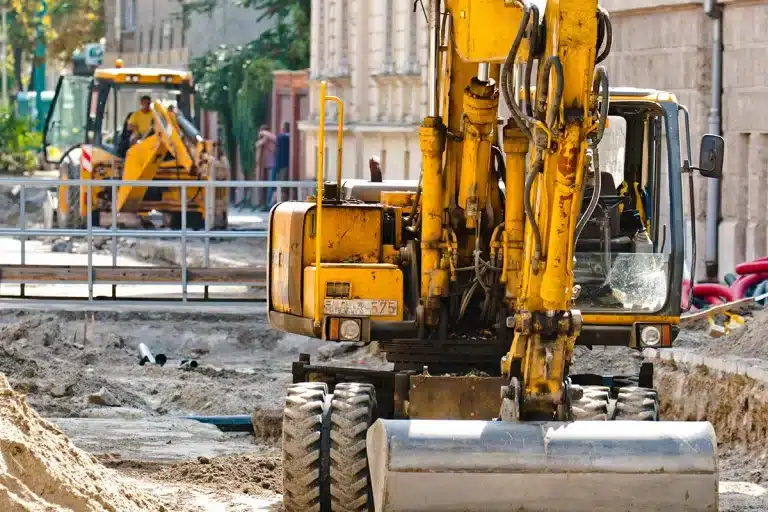
Geonets are innovative materials widely used in construction for managing water flow and enhancing soil stability. Made of high-density polyethylene (HDPE) or similar durable materials, geonets are designed to channel water efficiently, preventing erosion and structural damage. This article explores the concept of geonet water flow, answering key questions about how geonets work, their applications, and why they are essential in projects requiring effective drainage and stability.
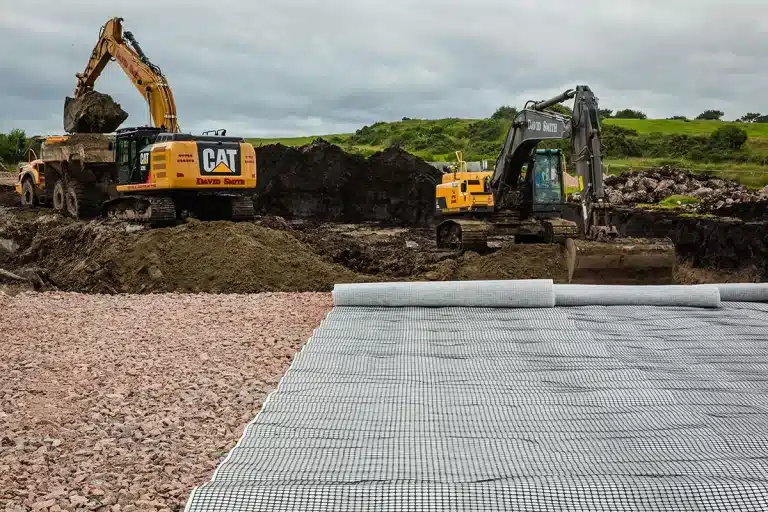
Geocomposite liners are essential components in the field of civil engineering, environmental protection, and construction.

Learn how geotextile fabrics improve soil stability, drainage, and erosion control. Discover types, installation steps.
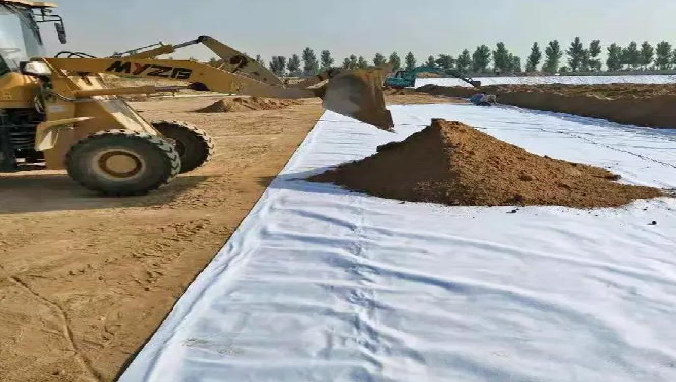
Geotextile fabrics are increasingly used in construction projects, especially in preventing erosion and improving soil stability. When it comes to driveways, erosion can be a significant issue, especially in areas with heavy rainfall or frequent use. Geotextiles provide a simple, cost-effective solution to maintain the integrity of driveways by preventing erosion, stabilizing the ground, and extending the lifespan of the surface. In this article, we’ll explore how geotextile fabrics work, their role in road construction, how to properly install them, and whether woven or non-woven fabrics are best for driveways.
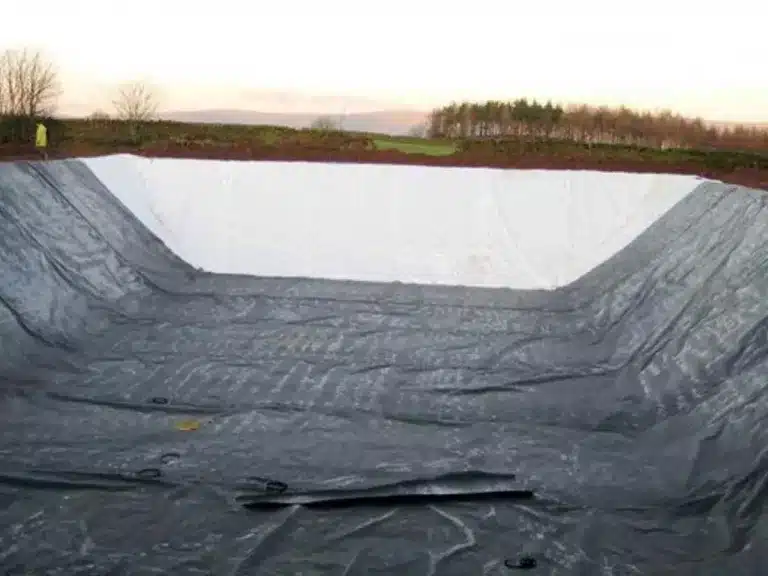
A driveway underlayment fabric, commonly known as geotextile, is essential for creating a stable, long-lasting base for various driveway types. Geotextiles prevent gravel and soil from mixing, aid in drainage, and enhance the durability of the driveway. This article explores the types of geotextile fabric best suited for driveways, their benefits, and how they contribute to maintaining a stable surface over time.
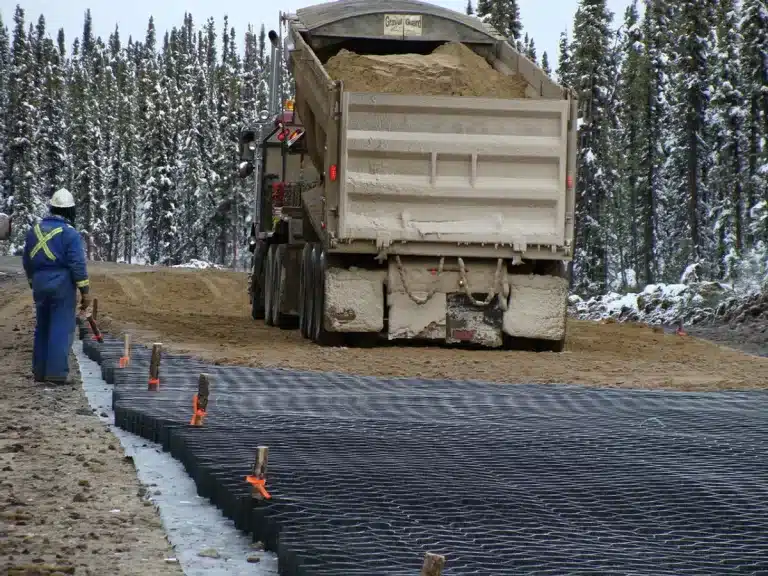
Geocells are three-dimensional, honeycomb-like structures made from high-density materials that stabilize loose soil or aggregate like shale.
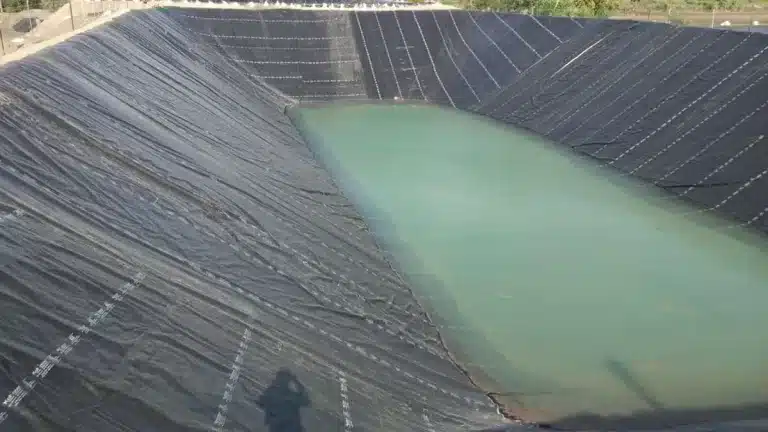
Geomembranes are an essential material in pond construction, providing waterproofing and preventing contamination of water bodies. As an impermeable material used to line ponds and other bodies of water to contain liquids, geomembranes ensure that water stays contained within the pond while also protecting the surrounding environment. When it comes to creating a durable and effective pond, choosing the right liner is crucial. This article will explore the differences between geomembranes and pond liners, explain what a pond liner is, compare HDPE and PVC pond liners, and discuss the broad applications of geomembranes. Let’s dive into the details.
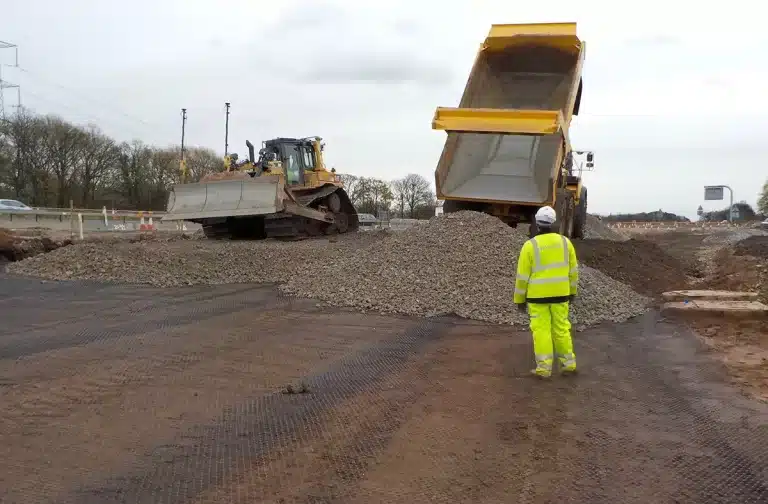
In construction and environmental projects, managing water flow through drainage layers is critical to prevent structural damage, erosion, and waterlogging. Geonets, a type of geosynthetic material, are designed to control water movement effectively. A key feature of geonets is their transmissivity, which refers to the ability to transmit water across a layer within a drainage system. This article delves into the concept of geonet transmissivity, its importance in engineering applications, and how it contributes to sustainable, resilient construction practices.
End of content
End of content
WhatsApp us